Hanoi Opera House - An artistic masterpiece in the heart of the Capital
Hanoi Opera House is a major project of the Capital, carrying many historical and architectural significance. This more than 100-year-old project impresses with its unique and attractive art, architecture and interior.Coming to Hanoi Opera House, visitors will have the opportunity to admire an artistic masterpiece with the interference of many different architectural styles. Above all, this place is also an ideal destination for audiences who love academic art forms. Therefore, the Opera House is one of the places tourists must definitely visit when traveling to Hanoi.
The Opera House is located right at the majestic August Revolution Square. From the theater, visitors can easily visit famous tourist attractions of the Capital such as Hoan Kiem Lake, National History Museum, Hilton Hanoi Opera hotel or many shopping centers and entertainment venues. in another Hanoi center.
Hanoi Opera House is a magnificent and magnificent architectural work, ranked as a National Monument. This place is associated with many important events of the Capital. The Opera House is one of the most prominent theaters in our country, famous for many academic art performance programs. The theater possesses unique architecture and is a famous tourist destination, attracting a large number of tourists to visit and check in when arriving in Hanoi.
Ever since arriving in Hanoi in 1883, the French colonial government intended to build a cultural and artistic center. In 1901, Hanoi Opera House was started construction and inaugurated in 1911.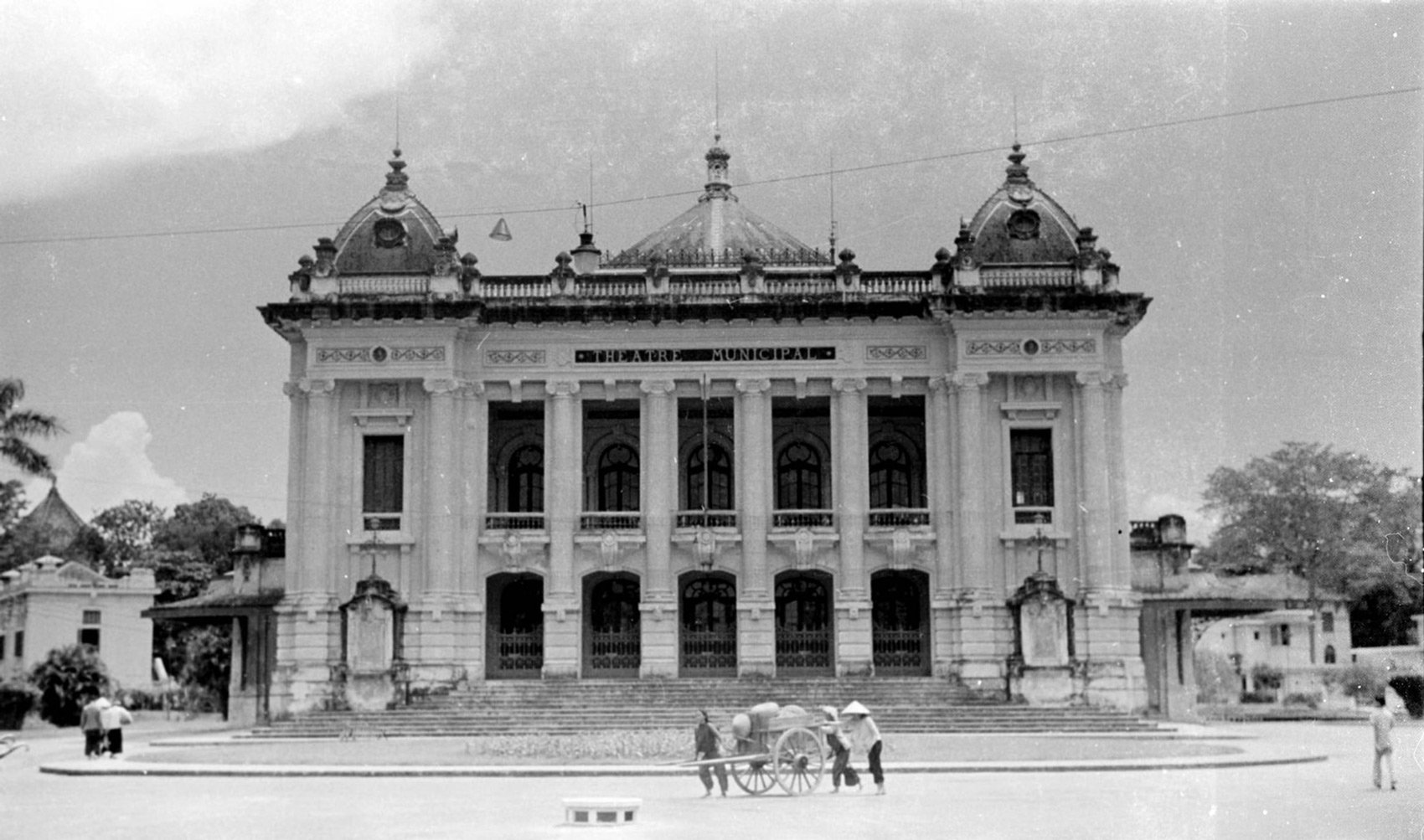 This artistic masterpiece is designed after the model of the Opéra Garnier theater in Paris. Therefore, Hanoi Opera House bears the mark of classical European architecture with perfection in every detail, creating the most luxurious and academic art space in Indochina at that time.
This artistic masterpiece is designed after the model of the Opéra Garnier theater in Paris. Therefore, Hanoi Opera House bears the mark of classical European architecture with perfection in every detail, creating the most luxurious and academic art space in Indochina at that time.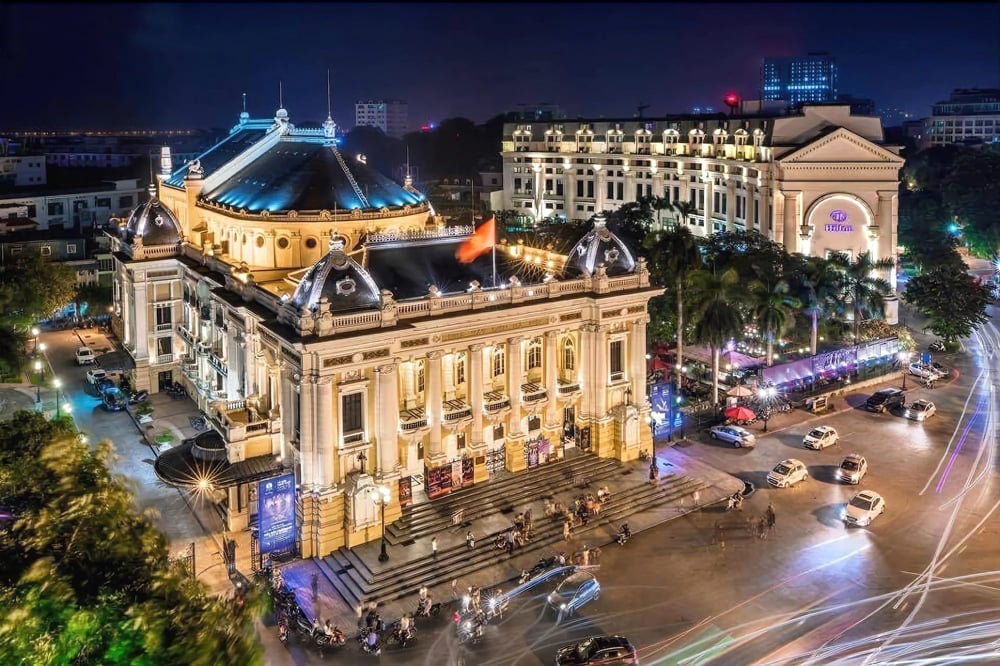
After 1945, the Hanoi Opera House became a meeting place for the National Assembly and the Government, where military parades took place... Many Vietnamese drama troupes can also rent the theater for performances. perform. With the formation of Hanoi's urban class and new intellectuals, the theater became a vibrant artistic place for Vietnamese writers and artists at that time.
By the end of the 20th century, Hanoi Opera House fell into serious disrepair. At that time, the Vietnamese Government decided to restore the project. The project began in 1995 and was completed in 1997. This is the first and only restoration of the theater ever.
Today, Hanoi Opera House is one of the largest theaters in Vietnam. Academic art performances regularly take place here and are also a tourist attraction when arriving in Hanoi.
Since its inception, the Opera House has maintained its role as one of the capital's particularly important cultural centers. This is where cultural activities and art performances of Vietnamese and foreign art troupes regularly take place. Specifically:
Organize cultural and artistic activities to serve important political and social tasks of the Party and State; Organize cultural and artistic activities, conferences, seminars, press conferences and national and international receptions according to the plan of the Ministry of Culture, Sports and Tourism; 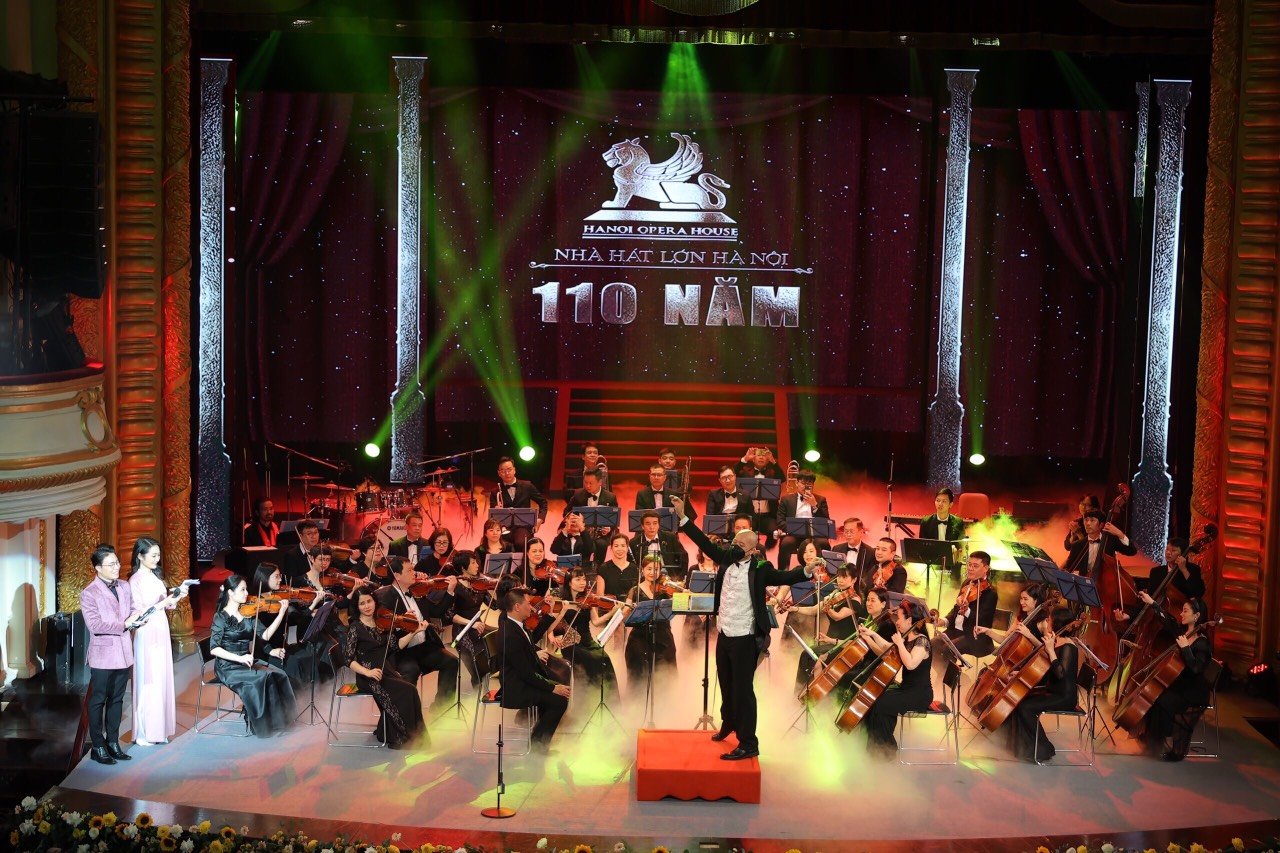 Organize high quality cultural and artistic activities. Hanoi Opera House is an ideal performance venue in the Capital. From only 17 performances in 2000, by the early 2010s, this place held an average of 400 performances per year, welcoming over 140 international art troupes.
Organize high quality cultural and artistic activities. Hanoi Opera House is an ideal performance venue in the Capital. From only 17 performances in 2000, by the early 2010s, this place held an average of 400 performances per year, welcoming over 140 international art troupes.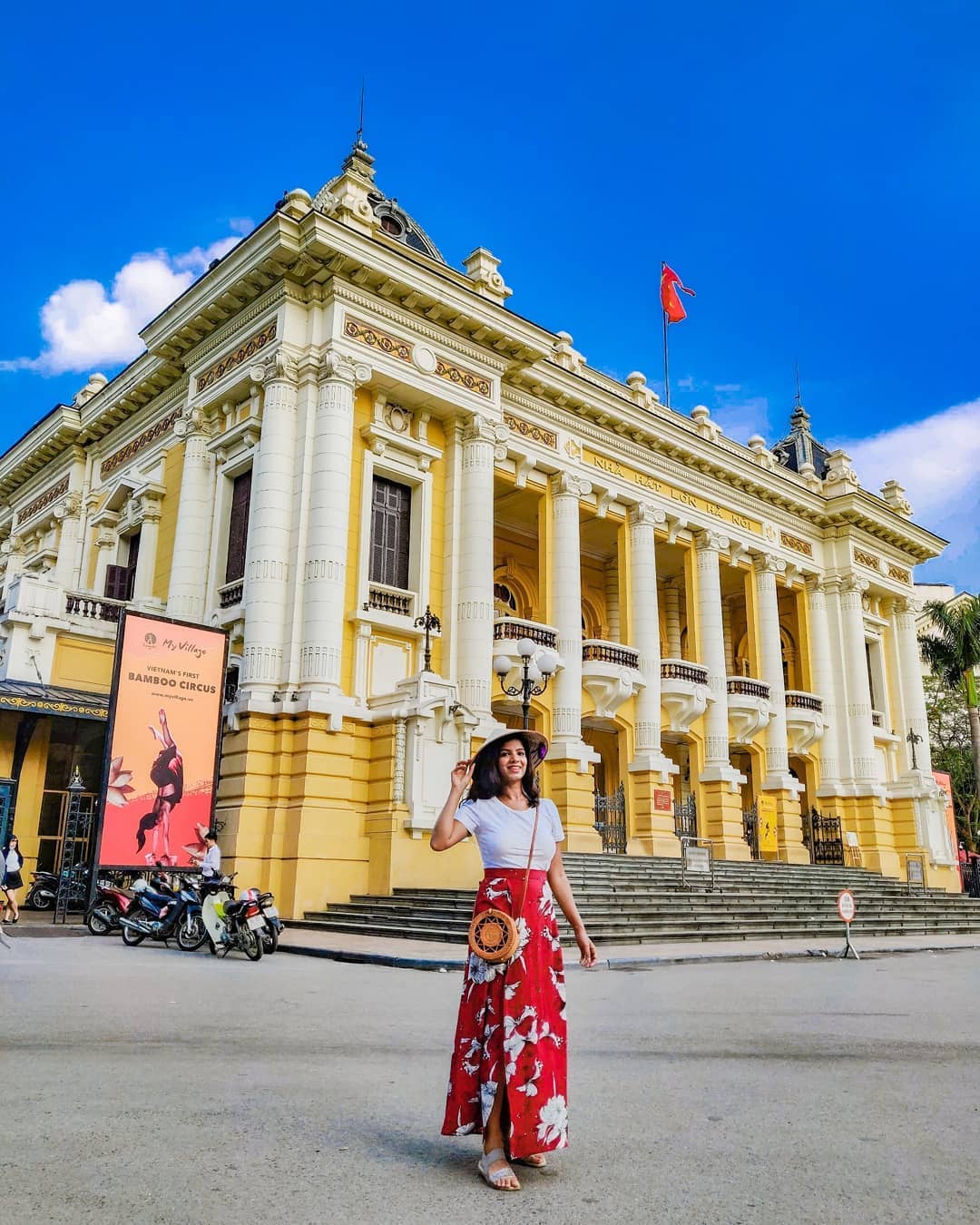 Hanoi Opera House is located in the busiest area of the capital with a construction area of about 2,600 square meters. Adapted from the prototype of the Opéra Garnier theater, but this place is smaller in stature. At the same time, the materials used for the project were also changed to better suit Vietnam's climatic conditions. The rest, from the organization of the premises to the design of the theater, is similar to theaters in Europe in the early 20th century.
Hanoi Opera House is located in the busiest area of the capital with a construction area of about 2,600 square meters. Adapted from the prototype of the Opéra Garnier theater, but this place is smaller in stature. At the same time, the materials used for the project were also changed to better suit Vietnam's climatic conditions. The rest, from the organization of the premises to the design of the theater, is similar to theaters in Europe in the early 20th century.
Hanoi Opera House is a delicate combination of many European architectural styles at that time, divided into 3 distinct areas: Main hall, mirror room and auditorium.
Main lobby: A place to welcome guests with a T-shaped staircase leading to the 2nd floor. The floor is paved with marble combined with luxurious classic motifs;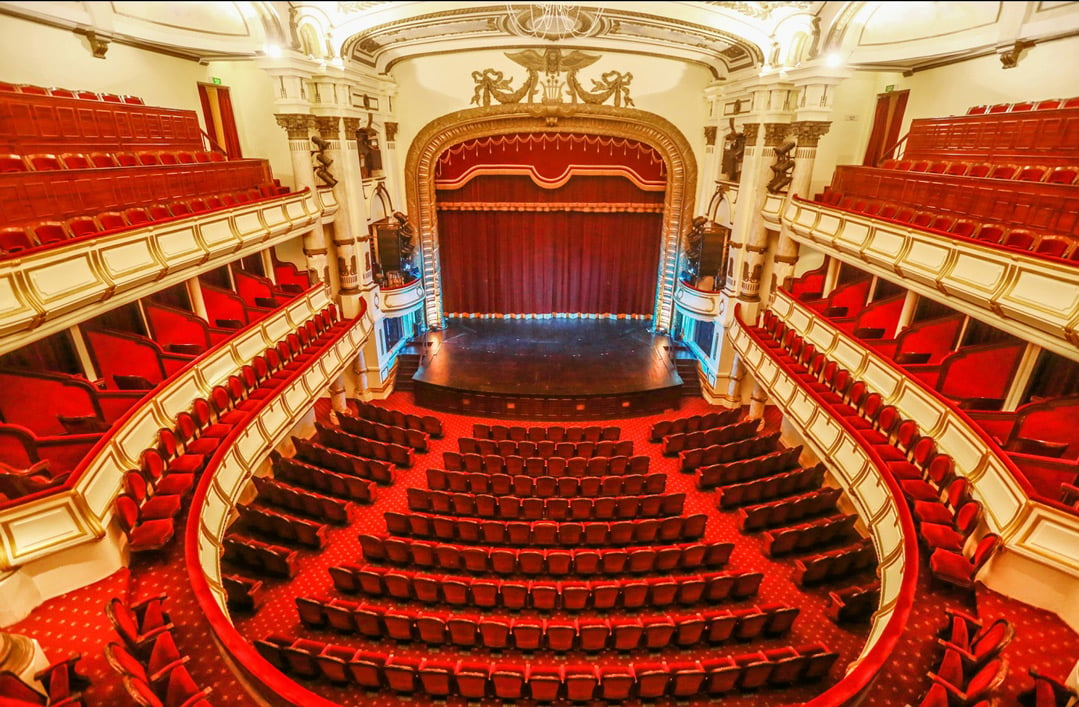 Mirror room: On the 2nd floor, is where important ceremonies, Government events or receptions for high-ranking figures take place. The floor of the mirror room was restored using the Mosaic tile technique with stone imported from Italy. Between the door frames are large mirrors and beautiful crystal lights hanging throughout the room;
Mirror room: On the 2nd floor, is where important ceremonies, Government events or receptions for high-ranking figures take place. The floor of the mirror room was restored using the Mosaic tile technique with stone imported from Italy. Between the door frames are large mirrors and beautiful crystal lights hanging throughout the room;
Auditorium: In the top space, it is elaborately designed with Corinthian columns supporting the entire colorful frescoed dome with embossed motifs and a magnificent gold-plated crystal chandelier.
The auditorium has a capacity of 870 seats, 3 floors of seats are covered with splendid red velvet in the classic French style of the 19th century. This is a place where the elements of sound, light and color are perfectly harmonized, bringing An artistic enjoyment space.
After 1994, the Opera House Square was called August Revolution Square or August 19 Square. This is a complex in the form of a city space node, surrounded by famous architectural works such as the Opera House, Hilton Hanoi Opera Hotel, and National History 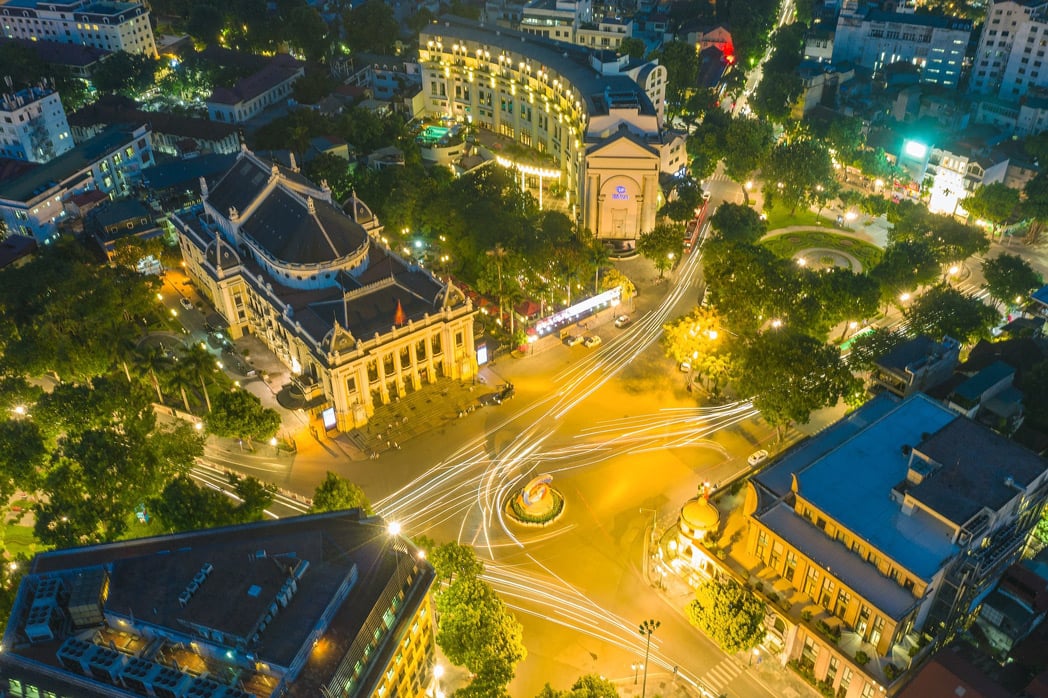
Museum. In the evening, when the Hanoi Opera House is lit up with sparkling lights, the Square area becomes even brighter, becoming a familiar cultural place for the people of the Capital.
Hanoi Opera House is one of the most important cultural and artistic performance venues in the Capital. This place is considered by artists as a "temple" for classical art. Visiting the Opera House, visitors will not only enjoy unique European architecture but also enjoy many unique and unforgettable art performances. 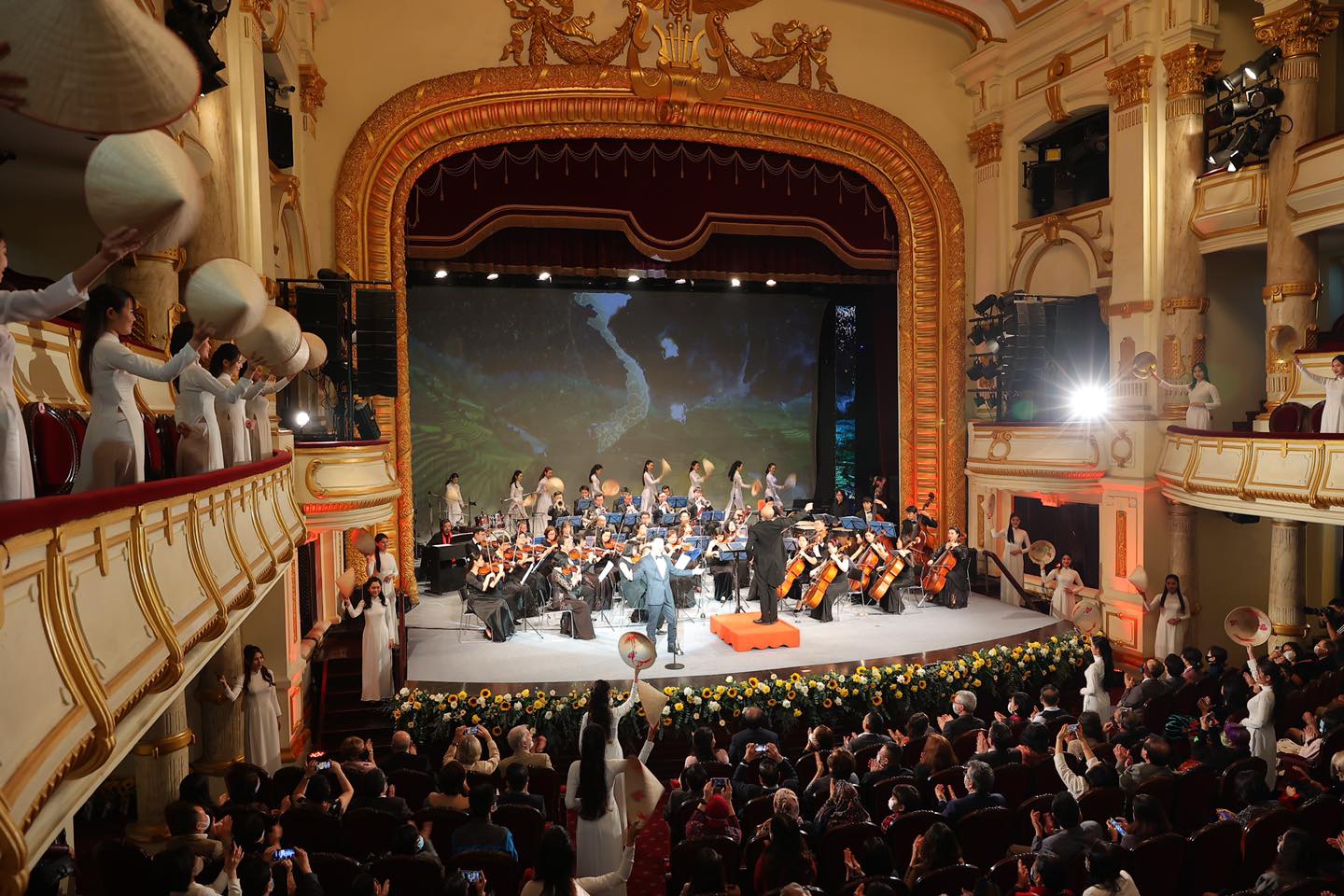 The Opera House delights music lovers with its outstanding sound system. Here, there are high-capacity speakers that help spread music evenly and clearly to all parts of the auditorium. In particular, the theater space is optimized to bring the most realistic sound so that all audiences who come here can experience musical and emotional parties. Music listeners can see every small detail in the music, clearly feel the joy and sadness in every song.
The Opera House delights music lovers with its outstanding sound system. Here, there are high-capacity speakers that help spread music evenly and clearly to all parts of the auditorium. In particular, the theater space is optimized to bring the most realistic sound so that all audiences who come here can experience musical and emotional parties. Music listeners can see every small detail in the music, clearly feel the joy and sadness in every song.



























![[ℕ𝕖𝕧𝕖𝕣] 𝕊𝕖𝕝𝕝 𝕐𝕠𝕦𝕣 𝔹𝕚𝕥𝕔𝕠𝕚𝕟 - And Now What.... Pray To The God Of Hopium?](https://cdn.bulbapp.io/frontend/images/79e7827b-c644-4853-b048-a9601a8a8da7/1)















